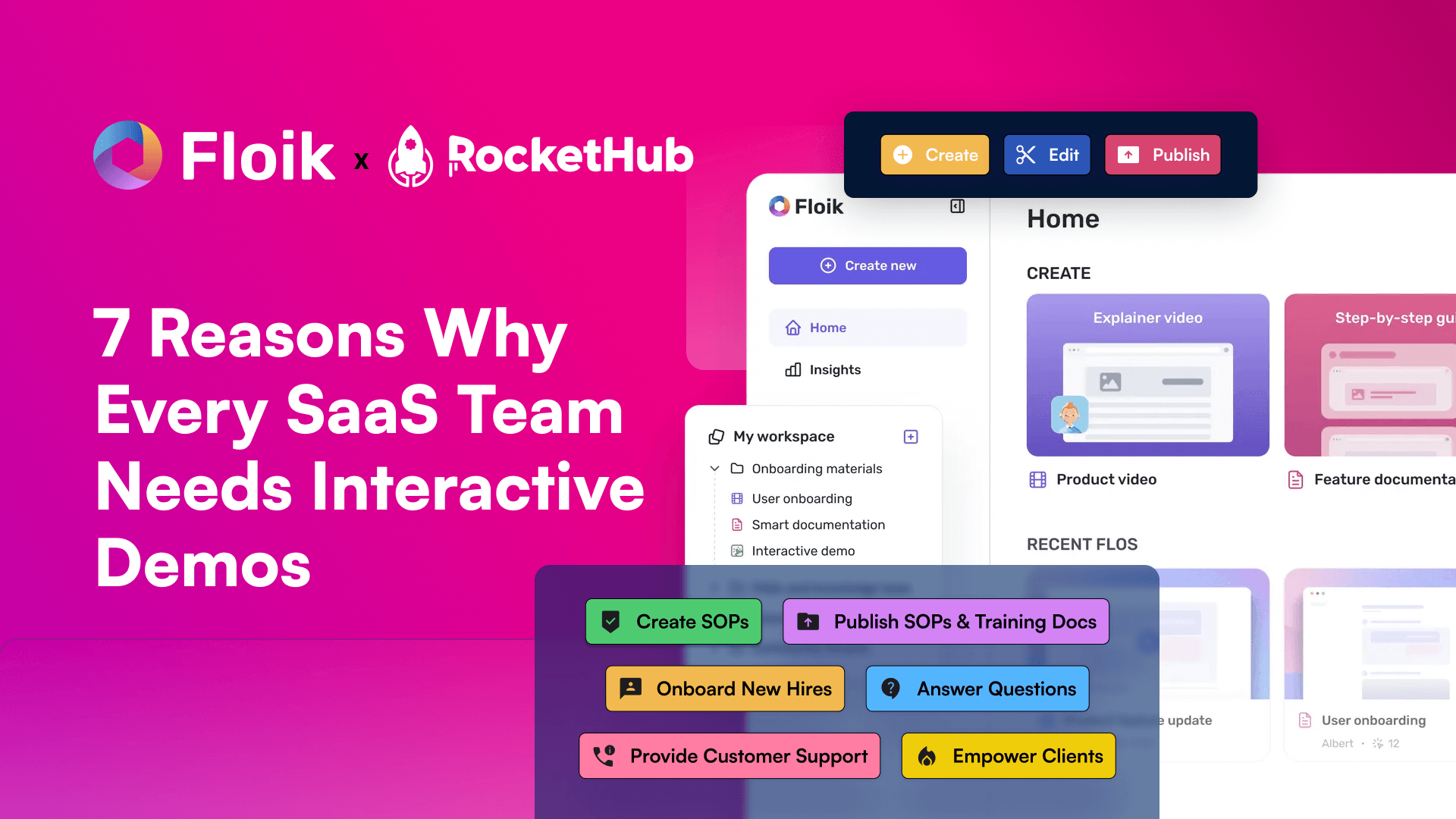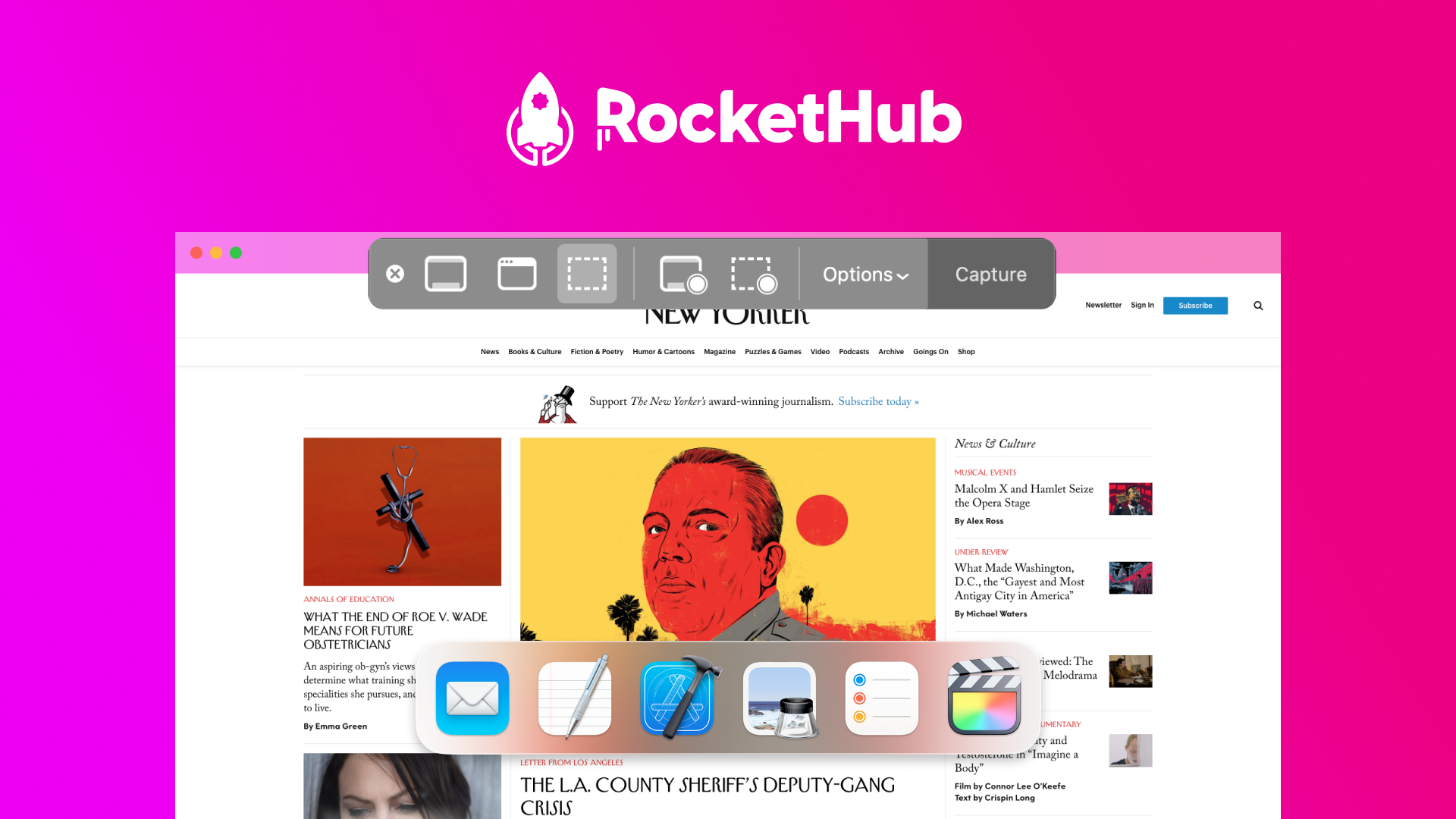
How to Create Highly Compelling Customer Case Studies in 2023
- Angel Alfred
- December 30, 2022

Case studies are an effective way to demonstrate the real-world results of using a product or service. They are powerful and credible marketing tools that can be used to boost the visibility and reputation of a business. As customer case studies are such an important and effective tool, it’s important to understand how to create compelling customer case studies that will draw in potential customers. This blog post will provide an overview of how to create highly compelling customer case studies. It will cover topics such as understanding customer needs, defining customer objectives, and developing an effective case study format.
What is a Customer Case Study?

A customer case study lets you show real tangible results achieved through your product or service. In B2B marketing, a case study is one of the most effective ways to show your business’ worth, capability, and credibility.
So, what does a case study include?
A case study is an in-depth description of how your business’s product or service has benefitted a particular client, solved their pain points and helped them meet a business goal. A case study proves that your business truly delivers on its promise.
Let’s say you are a B2B company [Company A] that provided digital marketing services to another business [Company B]. One example of a case study can be “How Company A helped Company B increase their email open rate by 10%.”
What’s the difference between case studies and testimonials?
If case studies provide customer recommendations, why make all that extra effort when you can use customer testimonials?
Well, not quite so.
Case studies are more detail-oriented and go in-depth about the costs involved, the return on investment (ROI), and the processes included. A customer testimonial is much less detailed and doesn’t describe the strategies involved in achieving those results.
A case study includes specific details and data points, including the customer’s problems, the systems they had in place, and the challenges they were facing. It also includes a detailed description of how your business helped them solve their pain points, what solutions you provided, and how those solutions helped them reach their goals.
Why is Creating Case Studies Important?
A case study is the most effective way to attract new customers and prove your credibility. According to LinkedIn‘s Demand Gen Report 2018, case studies are the go-to resource before making a decision, with 79% of respondents consuming them in the past 12 months.
So, how can case studies help your business? Let’s have a look.
How to Establish Credibility with Case Studies
Customer case studies are among the top three most effective content pieces for B2B companies.
A case study allows you to highlight your success stories convincingly if done right. It shows prospective customers all the reasons why they should buy from you.
A good case study immediately establishes trust, and authority, and tells prospective customers you know what you are doing. It also shows them your business isn’t making false promises and it delivers the results it guarantees.
Sales Enablement Tool
Case studies are an excellent resource for your sales team to show how your business delivers the promised results. Your salespeople can use a case study to show how your business helped other companies with similar problems and challenges.
Case studies also allow your sales team to focus more on the benefits a prospective customer will receive rather than harping about the features of the product or service you are offering.
Tom Bangay, Director of Content and Community at Juro, emphasizes involving the sales team when building case studies.
He says, “Case studies are sales collateral — they should be led by what your sales team needs to close more deals faster. Whether that’s focusing on a particular use case, industry, integration, and so on — start from sales and work backward.”
Marketing Tools
20–50% of sales directly happen through word-of-mouth marketing.
So how do you get passionate brand advocates in front of prospects? Through case studies.
Real stories from genuine customers amplify your business’s results to grab your prospects’ attention and convince them to buy from you. Case studies also help your prospects through their buying journey and help establish yourself as a market leader.
Good for SEO
Case studies are a great content resource. The demand for B2B content production is on the rise. A well-written case study helps prospective clients decide and drives traffic to your website.
You can also repurpose case studies into blogs, newsletters, and social media content, all of which can help you increase your SEO traffic.
What to Include in Your Case Study
Now that we agree that case studies are essential for B2B businesses, let’s move on to building a case study.
And the first question that comes to our mind is — what does a case study contain?
Imagine that your case study is a story. Like any other story, it takes your customers on a journey. Rather than adding statistics left, right, and center, a good case study gets your reader to relate to the story. So, what elements should your story include?
Background information on the client: first things first — who is your client, and what do they do?
Your client’s pain points: this section details the problems and challenges faced by your client and the issues that led them to hire your business.
The solution you provided: talk about how you helped your client overcome their problems and helped them reach their end goals.
Results achieved through your solution: now that you have discussed the solution you provided, it’s time to show the specific results you achieved for your client.
Read: Top 10 Link-Building Case Studies
A Step-to-step Guide to Creating Highly Compelling Customer Case Studies
Writing a case study can be overwhelming at first. You might not know where to start, what to add, or how to format it.
But the good news is, we’ve got you covered. Let’s dive into some of the things you need to keep in mind when writing your case study.
Write Case Studies in the Third Person
In the third person point of view, you refer to your customer as “they” while narrating the story of your case study.
Writing in the third person helps your reader relate more to the story. It also allows for an omniscient point of view, allowing you to establish yourself as an authority over the subject matter.
Add Statistics and Real Data
Data adds credibility. Ask your customer to share any statistics related to the case study.
What results did they see? What improvement did they notice? Did the revenue increase? Did employees save time? By how much? Over how long?
These statistics will help reinforce your story and make a compelling case study.
A convincing case study relies on the customer’s data, so including your numbers is great, but getting their data is the key to finding compelling statistics.
Amanda Natividad, VP of Marketing at SparkToro, says, “Your customer doesn’t want to talk about how fantastic your solution is — they want to talk about how they were successful with your solution.”
Use Visual Elements
Adding visuals keeps your readers engaged while also highlighting the key points. To make your case study stand out, you can add the following visual elements:
- Menu boxes or expandable text
- Screenshots of the product or service the case study is about
- Counters, charts, and infographics to show metrics and numbers
- Relevant photos and imagery
- Headshot and brand logos
Keep it Short and Simple
You want your audience to read the whole thing and not give up in the middle because it had too many unnecessary details. Don’t add many details and focus on the main points in each section.
Make sure the terminology you are using is readily understandable and easy. Convert complex technical terms to easily comprehensible language.
James Parkinson, Head of Marketing Content at Personnel Checks, talks about the importance of keeping case studies short and says, “We focus on designing our case studies to be an interesting short read rather than an in-depth study that most people won’t read.”
End on a Strong Note
The key to a good conclusion is summarizing the story’s main points with a CTA that motivates your reader to take the desired action.
Focus on the results achieved in the conclusion while encouraging your readers to get in touch with you or schedule a demo call.
Determine the Purpose of your Case Study
Before deciding which customer to feature, focus on the purpose behind creating the case study.
The first question to answer is — what do you want to get out of your case study? Mainly, case studies help win over prospects close to making a buying decision.
But there can be various reasons why you create case studies. Some of them include:
- A happy customer reached out to you, which shows they are willing to help out.
- You have launched a new product or service and want to boost your credibility. Having an early customer advocate for a new service or product can squash concerns from other prospects.
- You’re launching in a new region. Your case study can help show your target audience in the new area that you’re capable of satisfying their regulations, customer expectations, and any other concerns.
- You want to have more material to help sales close prospective clients. Address the objections prospects have before to satisfy their queries.
Identify a Potential Customer
You must have several happy customers who can be a great subject for your case study.
So, how do you decide which customer to feature? Focusing on your target audience, answer the following questions:
- What are their pain points?
- What solutions can you provide to them?
- Which industries are they from?
- Who are the key people responsible for making buying decisions?
You must have your target audience already mapped out, so start from there. Once you know exactly who you are targeting through the case study, go through your list of happy customers and find a buyer representative that fits that audience.
Try to be specific about their problems, goals, and industries. The more personalized the case study, the more it will resonate with them.
Get Permission from the Potential Customer
You have decided who you want to feature in your case study. So, how do you approach them?
There is no particular way to ask customers to participate in your case studies. Some companies do it through email, while others schedule a Zoom call, and some might even discuss it in person.
Here are the basics that will help you get the “Yes, I am in” you are after:
- Make it easy for your customer to collaborate with you. The better prepared you are, the smoother the process will go, and the less time it will take. So, ask as little as possible of them.
- Plot out all the interactions you might have with your customer, from the initial request to customer approval and interview to the completed case study. Doing this will help you get organized.
- Emphasize the customer’s benefits from participating in the case study. Mention the publicity and exposure they will get. Tell them that you will use the case study on your website, marketing, sales collateral, and social media.
- Try to make the process as comfortable for the customer as possible. Ask them their input and whether they would like to review it before publishing.
Eric Doty, Content Lead at Butter, talks about their process for case studies interviews. They send a Typeform survey with about ten questions and ask them to provide a headshot and screenshots of themselves using Butter.
Read: Top 10 Haro Case Studies
Conclusion
Customer case studies are an effective way to showcase your product or service and share the stories of your customers’ successes with the world. When creating customer case studies, make sure to focus on the customer’s experience and outcome, use compelling visuals, and write concisely and engagingly. With a little bit of effort, you can create highly compelling customer case studies that will help you reach more customers and build trust with potential customers.
Share This Post
Angel Alfred
Angel is a digital marketer, a mental health speaker, and above all, a writer. She loves being a part of the RocketHub team and is keen on learning and taking over new challenges every day!
Table of Contents
Get The Latest Updates
Subscribe To Our Weekly Newsletter
Sign up below to be one of the first crew members onboard and get early access to amazing deals.
Recent Posts


Social Media
Categories
Related Posts

Lifetime Deal Platforms
The best lifetime deal platforms for software. Platforms lik RocketHub scour the web for the highest quality products to bring buyers the best lifetime deals on their platform.

How to Work for Yourself + 13 Solo Business Ideas
Do you ever wonder if being your own boss could truly set you free? In this article, we’ll explore the theory that unleashing entrepreneurial freedom

7 Reasons Why Every SaaS Team Needs Interactive Demos
Making a Case for Interactive Demos: 7 Reasons Why Every SaaS Team Needs Them Let me paint a scenario for you. You want to buy


